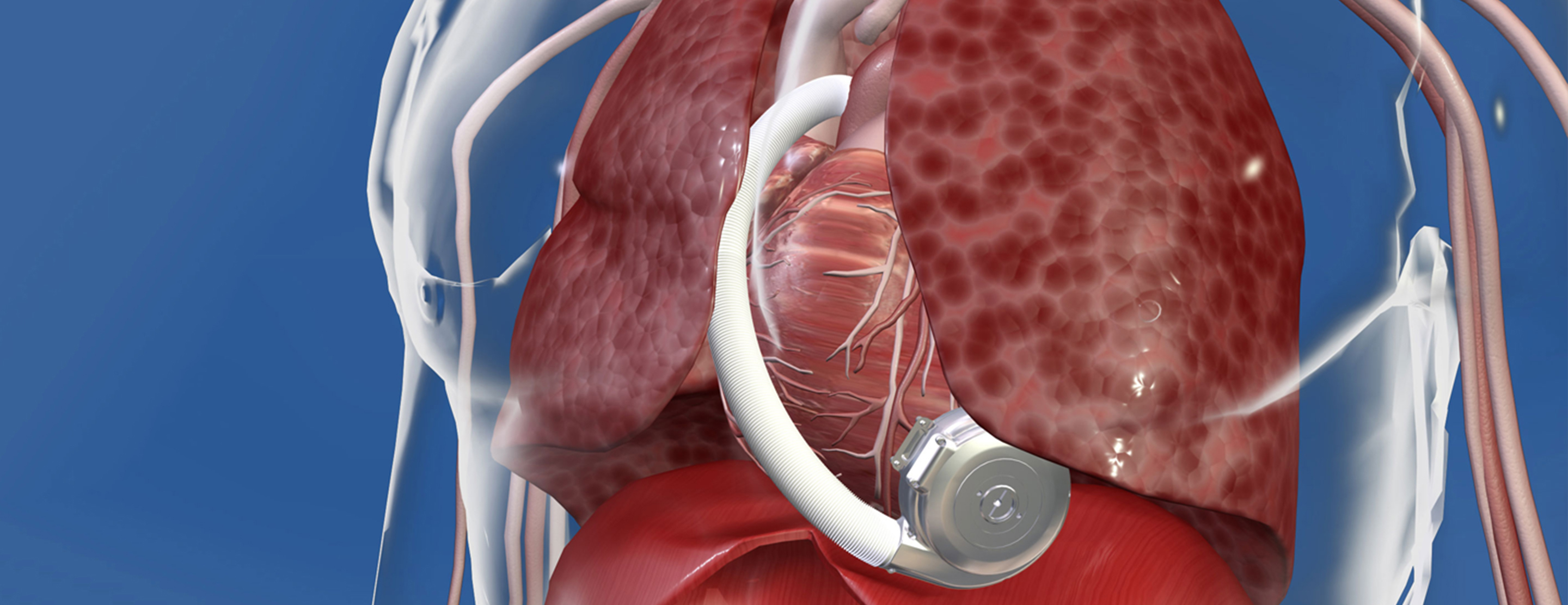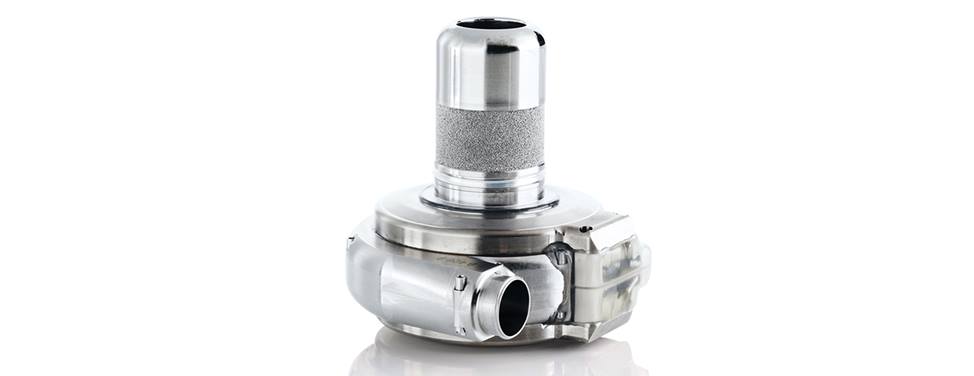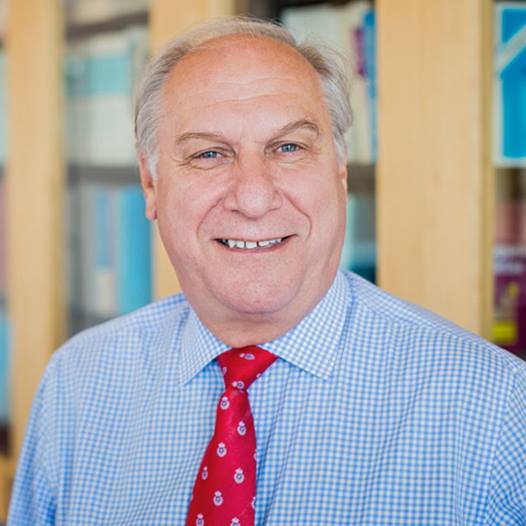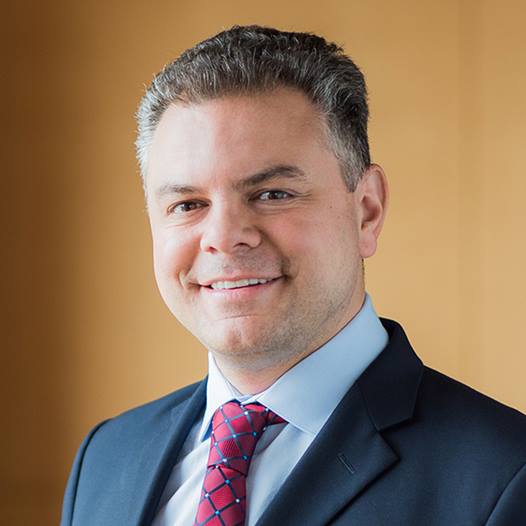The HeartWare ventricular assist system is a new type of mechanical pump used to support heart function and blood flow in people with weak or failing hearts. Like other left ventricular assist devices (LVADs), it is surgically implanted to take over the job of pumping blood from the left chambers of the heart to the rest of the body.

HeartWare
But the HeartWare pump has several advantages over conventional LVADs. It is smaller and lighter (only 5 ounces) so the whole device can be implanted directly next to the heart, rather than in the abdomen. That reduces risk of infection and allows it to be used in patients who are too small for existing LVADs. The HeartWare pump also has a mechanical system that is more durable and less prone to complications than existing VADs.
Since the Food and Drug Administration approved it in 2012, surgeons have implanted HeartWare pumps in nearly 4,000 people around the world.
Like other LVADs, the HeartWare device consists of several parts. There is a pump that is implanted inside the chest, a cable that exits through the skin and connects the pump to an external controller and battery pack that are worn either around the waist or over the shoulder.
Who is it for?
HeartWare now is only being used as short-term "bridge therapy" at UCSF — to help patients awaiting a heart transplant at UCSF. Patients will only be eligible for the device if they are on a transplant wait list.
Eventually researchers hope to win approval for its use in heart-failure patients who are not eligible for a transplant. Clinical trials are currently underway to investigate this longer-term "destination therapy" use.
Procedure
Getting a HeartWare pump involves the same procedure as getting any type of LVAD. First patients undergo tests to assess heart function and ensure they're healthy enough to undergo surgery. These may include: a chest x-ray, an echocardiogram, an electrocardiogram (EKG), blood tests and cardiac catheterization.
Implanting the pump requires open-heart surgery under general anesthesia. Patients will be asleep for the procedure and will not feel anything. The surgery takes about four to six hours. Afterward, the patient will be transferred to the intensive care unit for recovery. Patients will be on a respirator, or breathing machine, until they are awake and able to breathe on your own.
During the hospital stay we will instruct patients and a family member or friend chosen as the caregiver on the device, including how to maintain and protect it and what to do in case of emergency. By the time a patient leaves the hospital, the patient and caregiver will be experts on the HeartWare pump.
When the patient is discharged, he or she will be given contact information for the UCSF Mechanical Circulatory Support Program team. If patients have any problems with the HeartWare device, there will be a support person 24 hours a day, seven days a week.
UCSF Health medical specialists have reviewed this information. It is for educational purposes only and is not intended to replace the advice of your doctor or other health care provider. We encourage you to discuss any questions or concerns you may have with your provider.













